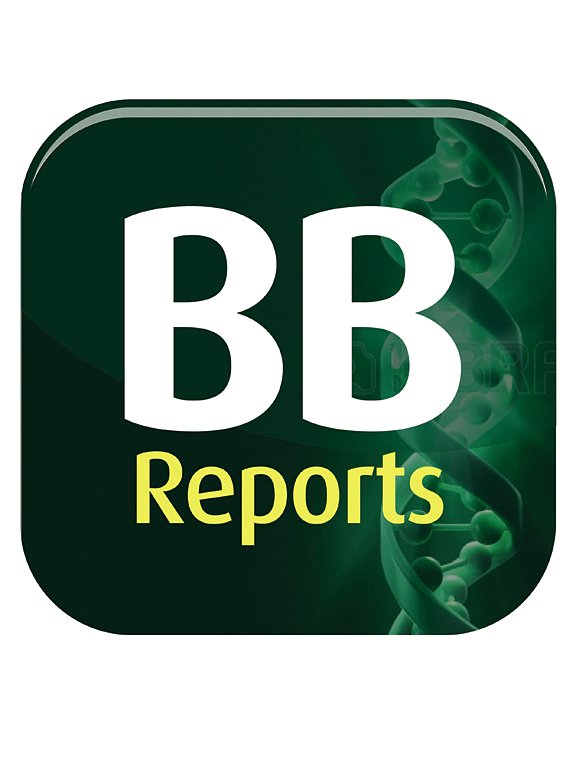Oxidative stress-induced NCC activation in the development of nocturnal polyuria in mice: Therapeutic potential of a sustained hydrogen-releasing silicon-based agent
IF 2.3
Q3 BIOCHEMISTRY & MOLECULAR BIOLOGY
引用次数: 0
Abstract
Nocturnal polyuria is a prevalent condition associated with significant deterioration in quality of life and increased risk of mortality. Despite its clinical relevance, the underlying pathogenesis is poorly understood, and existing therapies have limited efficacy. A recent study in mouse model revealed that overactivation of the intrarenal SPAK (STE20/SPS1-related proline–alanine rich protein kinase)–sodium chloride co-transporter (NCC) pathway in the distal renal tubule is a crucial mechanism contributing to nocturnal polyuria. Here, we demonstrate that increased oxidative stress in the kidney activates the NCC, leading to insufficient sodium excretion during the active period and compensatory sodium excretion during the inactive period, resulting in polyuria during the inactive period. In addition, we show that a newly developed antioxidant—a silicon component agent—reduced oxidative stress and inhibited NCC activation, resulting in the amelioration of polyuria during the inactive period. These findings highlight the critical contributions of intrarenal oxidative stress to the pathogenesis of nocturnal polyuria and suggest that silicon-based agent holds promise for clinical application as a novel treatment for nocturnal polyuria.

求助全文
约1分钟内获得全文
求助全文
来源期刊

Biochemistry and Biophysics Reports
Biochemistry, Genetics and Molecular Biology-Biophysics
CiteScore
4.60
自引率
0.00%
发文量
191
审稿时长
59 days
期刊介绍:
Open access, online only, peer-reviewed international journal in the Life Sciences, established in 2014 Biochemistry and Biophysics Reports (BB Reports) publishes original research in all aspects of Biochemistry, Biophysics and related areas like Molecular and Cell Biology. BB Reports welcomes solid though more preliminary, descriptive and small scale results if they have the potential to stimulate and/or contribute to future research, leading to new insights or hypothesis. Primary criteria for acceptance is that the work is original, scientifically and technically sound and provides valuable knowledge to life sciences research. We strongly believe all results deserve to be published and documented for the advancement of science. BB Reports specifically appreciates receiving reports on: Negative results, Replication studies, Reanalysis of previous datasets.
 求助内容:
求助内容: 应助结果提醒方式:
应助结果提醒方式:


